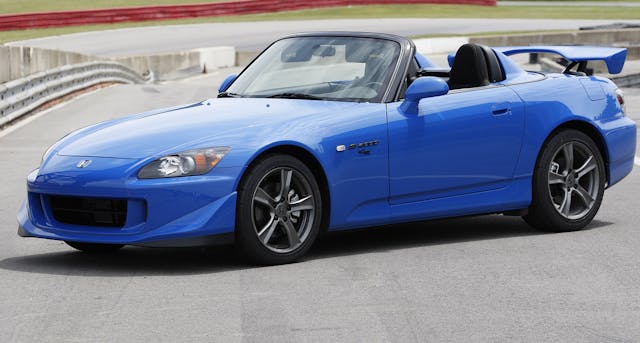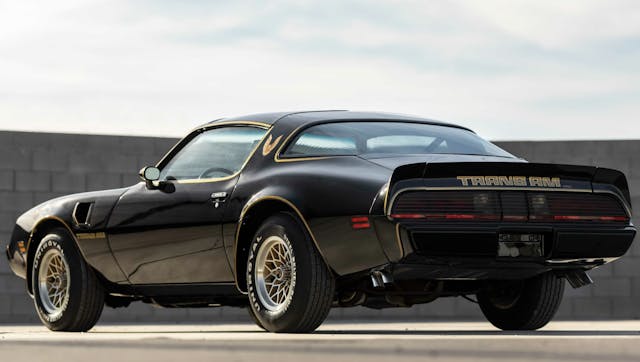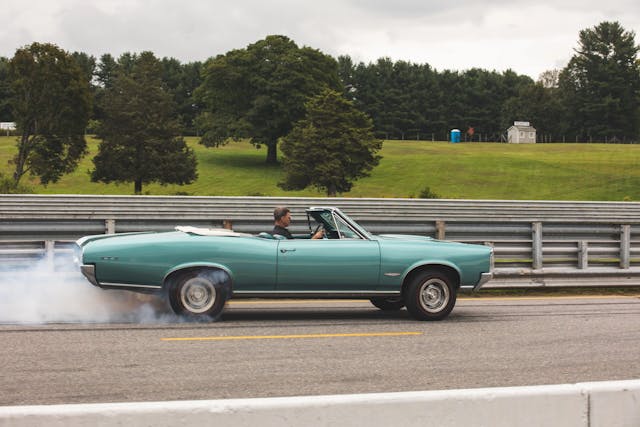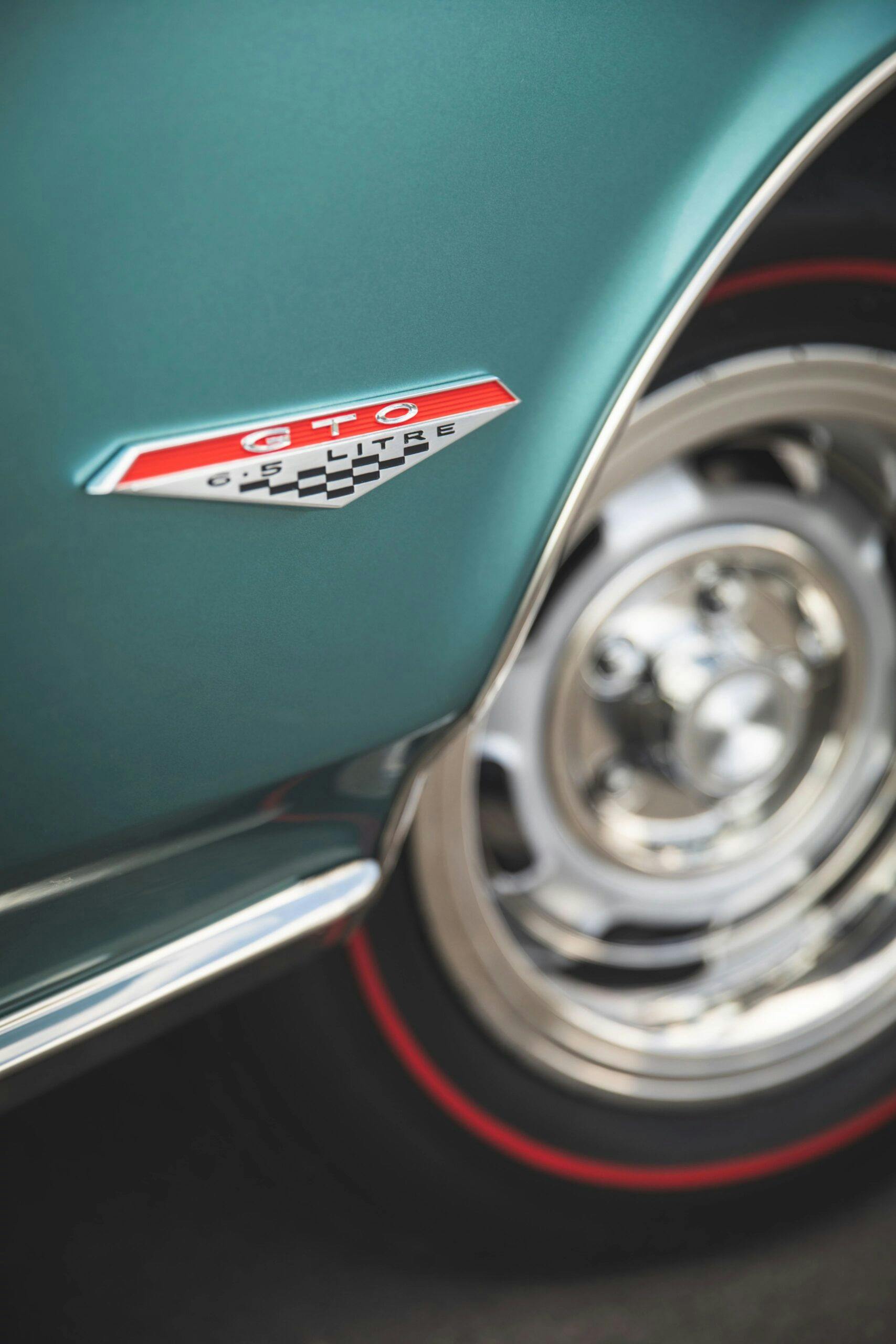The latest Hagerty Price Guide shows the market is still cooking
We’re more than half way through the year and another volume of the Hagerty Price Guide down. These last six months have been a time of intense market growth. Half of our collector car indexes are sitting at an all time high, and the Hagerty Market Rating is flirting with “hyper appreciation.” This is all despite high inflation, stocks in bear market territory, and a land war in Europe. Just as they have throughout the pandemic, car collectors seem eager and able to buy. The short term outlook is that values will continue to stay strong. If anything is changing, it is the rate of appreciation. We saw a few big jumps from the last price guide, but on the whole growth seems to be slowing.
Japanese cars win big

Japanese sports cars continue to be an area of the market to watch closely. Some of the biggest gains in the past three months were achieved by Japanese collector cars, most notably Nissan Skyline GT-Rs. Standard R32 (1989-1994) GT-Rs grew by 18 percent; however that only tells part of the story. Global demand for these cars is intense. So intense, in fact, that most importers have ceased to post asking prices (that is if cars even make it to the showroom before being sold). The rising cost to import them from Japan means that these are now market priced weekly.
Cars bred for racing also fared well. Club Racer spec Honda S2000s rose by 18 percent, putting low-mile examples well into the six-figure range. The rally-bred Nissan Pulsar GTi-R rose by a more conservative 12 percent are still affordable—but only if you can find one. Excellent examples are hard to come by and are commanding ever higher prices. But the big winner is the NISMO prepped R32 GT-R. The R32 GT-R has exceptional racing heritage, and these rare FIA homologation specials reap the benefit. They grew 94 percent from the last price guide.
Muscle cars are still roaring
It is now clear that the meteoric rise in muscle car prices following the January auctions in Scottsdale and Kissimmee was not a one-off event. While most gains were nowhere near those of January, the ones posted were significant nonetheless. In particular, we’ve seen cars that had been trailing behind start to catch up.
Take, for instance, the 1966–67 Dodge Charger. They weren’t part of any movie chase scene and are less muscular in appearance than the next generation; however they posted some of the most surprising gains for muscle cars this quarter, with an average increase of more than 30 percent. Early Pontiac GTOs—part of our latest Bull Market list—enjoyed further gains, with 1966–67 models gaining an additional 8–12 percent. Ford products were more reserved in general, yet mid-60s Fairlane GTs gained upwards of 12 percent.
No malaise for late-1970s American car prices

American cars from the late 1970s are often maligned as flashy yet anemic. And, no doubt, performance is a far cry from the beginning of the decade. Moreover, the Baby Boomers who have long dominated the market for American muscle have far warmer memories of the late 1960s (think: high school and Woodstock) than the late ’70s (early adulthood, stagflation). As such the cars of this era have remained dormant for years aside from a few exceptions. Among those exceptions are the Smokey and the Bandit–era (1977-1981) Pontiac Trans Ams. They have enjoyed a great run and continued to gain in this guide. Special Edition cars, which wear that oh-so-recognizable black paint and gold trim, appreciated another 34 percent on top of astronomical gains last quarter.
Arguably more interesting though, are the gains for lesser-known cars. Mid-size GM cars, especially sporty editions, did well this quarter. Mid-70s Chevelle Super Sports and Laguna S-3s grew from 6–25 percent; 1977 Pontiac Can Ams and 1973 GTOs grew by 23 percent as well. This era of collector cars have been criminally underappreciated and it seems that they are starting to gain some of the attention they deserve. Yes, some among us will groan at the thought that these last vestiges of affordable muscle are climbing out of reach, yet these cars have little restoration and aftermarket support precisely because they’ve never been worth enough. One can only hope the new popularity will spur on suppliers to change that and, in so doing, preserve these cars for the next generation.
Final thoughts: The music hasn’t stopped yet
The chatter among industry insiders of late has tended toward anxiety over the unsustainable rate of appreciation. That worrying is not entirely unfounded—we’ve reported, for instance, that some sellers at auction now seem to be expecting bigger prices than buyers are willing to offer. Yet the bigger picture is that we are still in seller’s market. Those looking to buy should understand that they are doing so at what is likely approaching the peak. They should consider carefully what they’re buying but more so why they’re buying. If it’s for love and enjoyment, then there’s not much to worry about. If it’s for the expectation of profit, well…you might be a bit late to the party.
Our next update comes after the Monterey sales in August. Stay tuned here as we report the action as it unfolds.
__
Greg Ingold is the editor of the Hagerty Price Guide.
***
Check out the Hagerty Media homepage so you don’t miss a single story, or better yet, bookmark it. To get our best stories delivered right to your inbox, subscribe to our newsletters.




